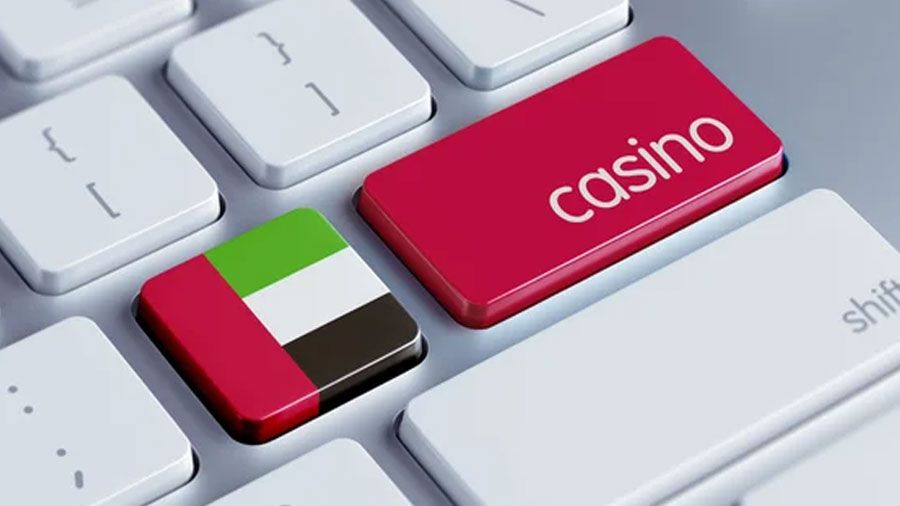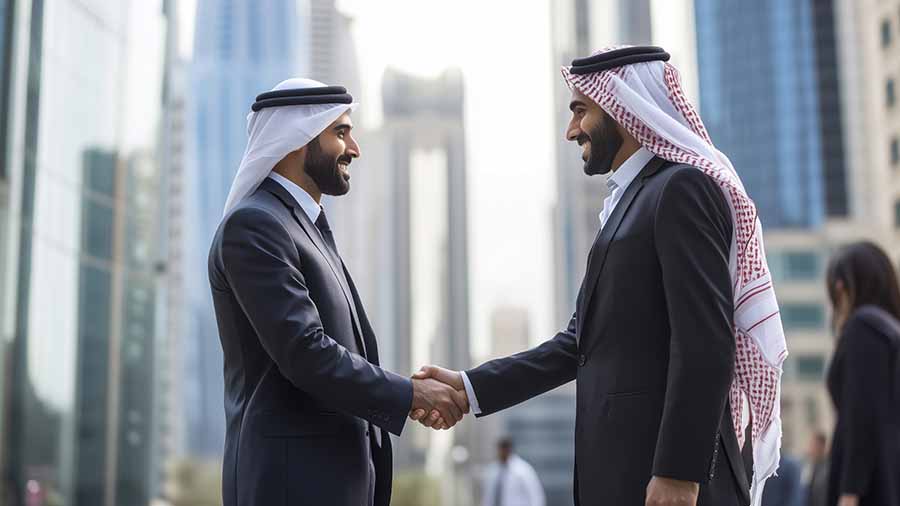The United Arab Emirates (UAE) has achieved a historic milestone in its non-oil foreign trade, reaching a record AED 1.4 trillion (US$381.17 billion) in the first half of 2024. This marks an impressive 11.2 percent year-on-year (YoY) increase, underscoring the country’s robust economic performance amid global uncertainties. Sheikh Mohammed bin Rashid Al Maktoum, Vice President, Prime Minister, and Ruler of Dubai, announced these figures, highlighting the UAE’s ambitious economic trajectory.
Aiming for AED 4 trillion by 2031
In 2025, the country plans to expand its CEPA network further, creating new business opportunities. The UAE is actively negotiating or has signed initial CEPA agreements with countries such as Australia, Vietnam, Jordan, Malaysia, the Philippines, and the South American Mercosur bloc.
Since the CEPA program launched in 2021, the UAE has signed 24 agreements, impacting approximately 2.5 billion people worldwide—around a quarter of the global population. These agreements play a crucial role in advancing the UAE’s vision of promoting rules-based international trade, sustainable development, and economic inclusivity. The UAE’s foreign trade has experienced significant growth, surpassing AED 1.395 trillion in the first half of 2024—an 11.2 percent increase from the same period in 2023. Over the years, trade growth has expanded by 28.8 percent, 54.7 percent, and 66 percent compared to the same periods in 2022, 2021, and 2019, respectively. Looking ahead, the UAE aims to increase its non-oil foreign trade to AED 4 trillion (US$1 trillion) by 2031, reinforcing its position as a global trade leader.
Strengthening global economic ties
The UAE’s strategy to enhance its global trade relationships is paying dividends, as evidenced by the significant growth in trade with key partners. Trade with India increased by 10 percent, with Turkey by 15 percent, and with Iraq by a remarkable 41 percent, making Iraq the top destination for UAE exports. These figures demonstrate the UAE’s success in diversifying its trade partnerships and enhancing its global economic influence. Non-oil exports to the UAE's top 10 trade partners surged by 28.7 percent, while trade with all other countries increased by 12.6 percent, reflecting the broad-based nature of the UAE’s trade growth.
Export performance: A diverse portfolio
The UAE’s export portfolio is becoming increasingly diversified. In the first half of 2024, key export categories such as gold, jewelry, cigarettes, oils, aluminum, copper wires, printed materials, silver, iron industries, and perfumes collectively grew by 36.8 percent YoY. This robust growth in exports highlights the UAE’s capacity to leverage its manufacturing and industrial sectors to drive economic growth. Other goods in the export basket also saw a modest growth of 1 percent.
Re-exports: A vital pillar of trade
Re-exports remain a cornerstone of the UAE’s trade strategy. In H1 2024, re-exports reached AED 345.1 billion, growing by 2.7 percent YoY and increasing by 11.2 percent compared to the same period in 2022. Major trading partners like Saudi Arabia, Iraq, India, the US, Kuwait, and Qatar played a significant role in this growth. Kazakhstan’s emergence as a leading re-export partner is particularly noteworthy, with re-exports nearly doubling due to increased trade in telephone devices. Overall, re-exports with the top 10 trading partners grew by 7.6 percent, with telephones and diamonds leading the way. Aircraft parts, cars, and transport vehicles also saw substantial growth, highlighting the UAE’s role as a key global hub for high-value goods.
Non-oil imports: Sustaining trade growth
The UAE’s non-oil imports reached AED 800 billion in the first half of 2024, up 11.3 percent YoY and 34.6 percent compared to the first six months of 2022. A significant portion of these imports are re-exported, underscoring the UAE’s strategic role in global trade flows. Imports from the top 10 markets grew by 7.2 percent, accounting for 48.7 percent of total imports, while imports from other countries, which account for 51.3 percent of UAE imports, grew by 15.4 percent YoY. This diverse sourcing strategy ensures the UAE’s trade resilience and its capacity to adapt to changing global market dynamics.
Outlook
As the UAE continues to build on its impressive trade achievements, the country is well-positioned to meet its ambitious goals. With a target of AED 3 trillion in non-oil foreign trade by the end of 2024, and AED 4 trillion by 2031, the UAE is on track to solidify its status as a global trading powerhouse. The UAE’s success story in the first half of 2024 is not just a reflection of its strategic trade policies but also an indication of its broader economic resilience and vision for the future. As global trade dynamics evolve, the UAE’s ability to adapt and thrive will be key to sustaining its growth and achieving its long-term economic goals.










